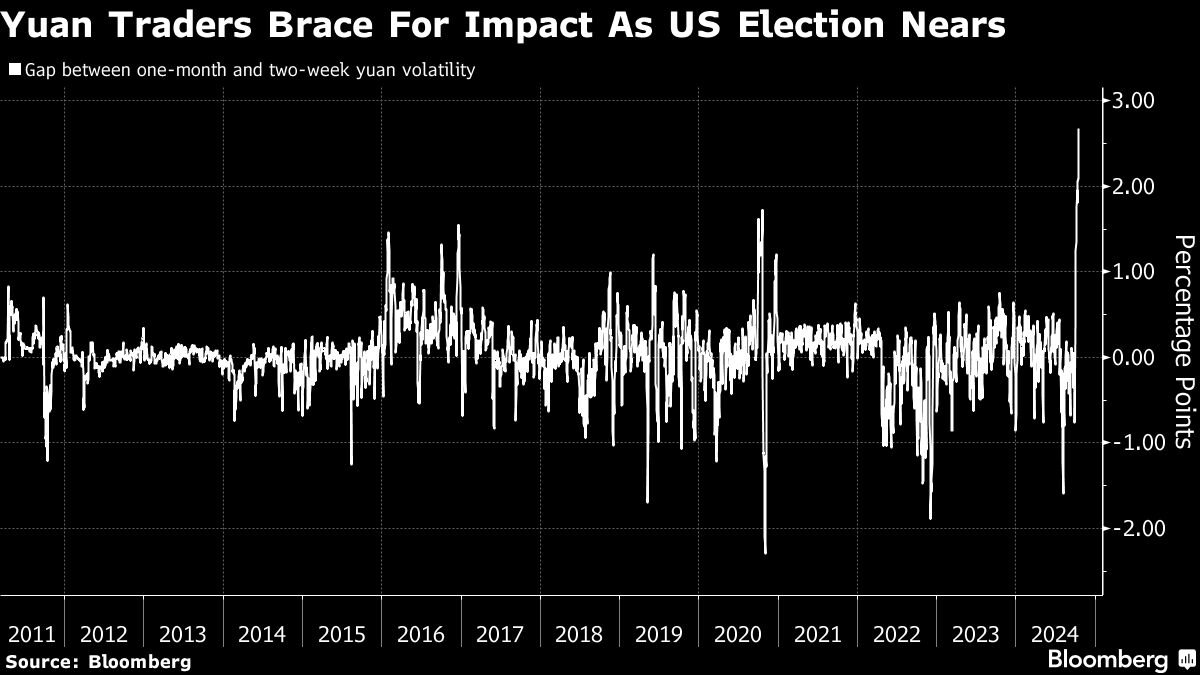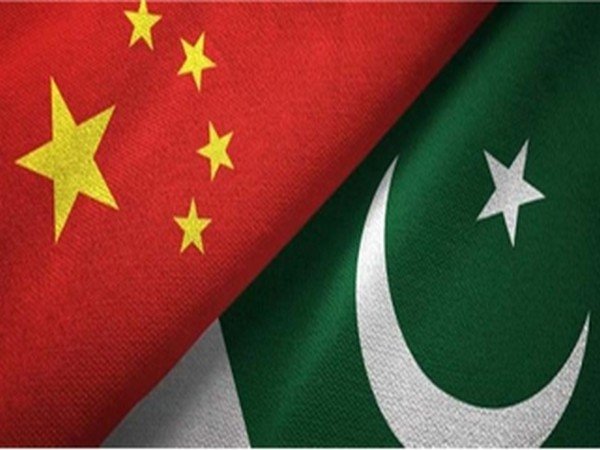Unlock the Editor’s Digest for free
Roula Khalaf, Editor of the FT, selects her favourite stories in this weekly newsletter.
China’s use of the renminbi in cross-border transactions has reached record highs this year, as closer ties with Russia bolster Beijing’s efforts to internationalise its currency and cut dependence on the US dollar.
In July, 53 per cent of China’s inbound and outbound transactions used the Chinese currency, according to data from the State Administration of Foreign Exchange, up from about 40 per cent for the same month in 2021.
The Safe data shows cross-border transfers by banks on behalf on non-banking clients and mainly represents trade settlement, although it also captures investment flows and debt payments.
Cross-border use of China’s currency received a boost after US sanctions limited Russia’s ability to transact in dollars following its invasion of Ukraine. In February of this year, Russia’s central bank governor Elvira Nabiullina said use of the Chinese currency for settlements, financial transactions and deposits had “surged”.

“The sanction situation created a huge stimulus for China to develop its [financial] system and to develop solutions to link China’s system with the Russian one,” said Alexandra Prokopenko, a research fellow at the Carnegie Institute in Berlin.
Growth of trade settled in renminbi has also been helped by currency swap lines that Beijing opened or renewed throughout 2023 with Saudi Arabia, Argentina and Mongolia — all commodity producers with goods China wants.
Since 2022, new clearing banks for the renminbi have also been established in Laos, Kazakhstan, Pakistan, Brazil and Serbia, according to the People’s Bank of China.
According to some analysts, one reason China has kept its exchange rate with the US dollar stable this year despite selling pressure on the yuan is to encourage trading partners to transact more in renminbi. China’s President Xi Jinping has repeatedly called for a strong currency.
“You can’t go to Indonesia, Thailand, South Korea and say, ‘Hey, let’s trade in renminbi rather than dollar’ if you have a weak currency. For that to happen, you need to have a stable currency,” said Louis-Vincent Gave of Gavekal, a financial services firm.
Beijing’s previous efforts to internationalise the renminbi faltered after the PBoC staged a currency devaluation in 2015 to combat a slowdown in economic growth. It boosted the competitiveness of Chinese exports but led to a substantial decline in the use of the renminbi for settlement that has taken years to reverse.

Edwin Lai, a professor at the Hong Kong University of Science and Technology specialising in renminbi internationalisation, said it was “normal” for large economies like China’s to settle most of their trade in their own currency.
“By international standards it’s not a great achievement,” said Lai. At the same time, he noted, “they have obviously improved”.
He said Beijing was not looking to compete with the US dollar but said Chinese officials “don’t want to be at the mercy” of the currency.
Globally the renminbi is still a distant second to the dollar for trade financing. It also makes up just 4.74 per cent of global payments, behind the dollar, euro and sterling, according to the most recent data from international payments network Swift.
However, alternative payment systems such as China’s CIPS and other private networks make relying on Swift to give a full picture of global currency transactions less reliable, according to Lucy Ingham, editor in chief of FXC Intelligence, a consultancy that tracks digital payments.
Further increases in the renminbi’s share of global trade finance may be limited by the west’s reluctance to trade using the renminbi.
“I think it’s very unlikely that we’ll see China’s trade with the United States, with the European Union, moving into Chinese currency,” said Daniel McDowell, a professor at Syracuse University and Atlantic Council senior fellow.
Long-standing obstacles to wider use of the renminbi — in particular, China’s capital controls and the strong network effects that support use of the US dollar — limit its progress beyond trade settlement.
Most foreign exchange traders still prefer to trade via the dollar, said Wee Khoon Chong, a senior markets strategist at BNY in Hong Kong.
“From our client base, we have seen increasing activity in [renminbi] as a payment,” said Chong. But he said its use had not reached “a critical turning point” where it would displace a major currency. “It’s a slow grind.”
China “is not seeking to topple the dollar’s global dominance”, said McDowell. “That comes with a lot of responsibility and accepting certain vulnerabilities . . . China’s motives here are primarily about autonomy and resilience.”
Additional reporting by Nian Liu and Wenjie Ding in Beijing







